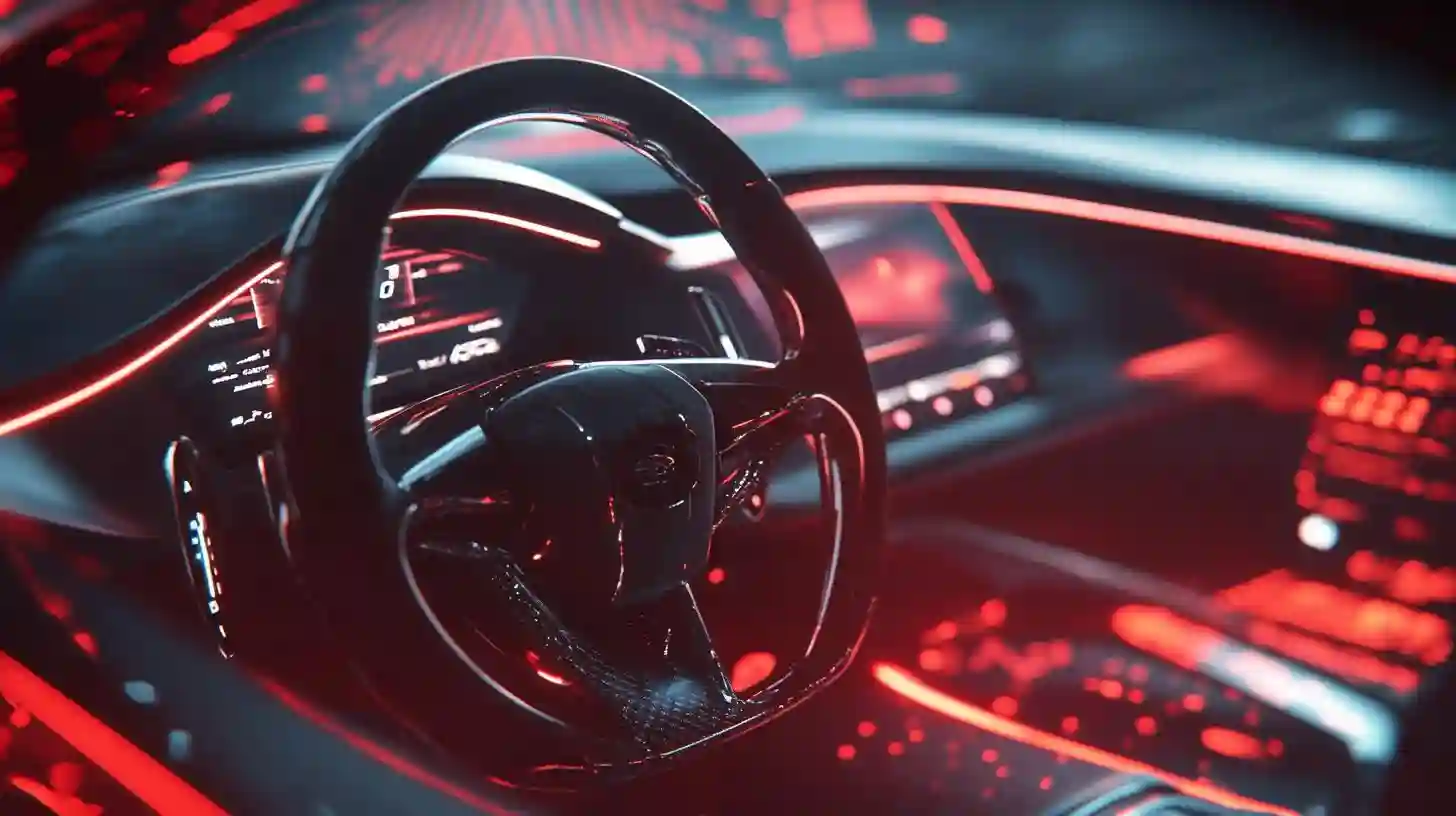
The automotive world is filled with various technologies that enhance performance and offer thrilling driving experiences. One such feature that has gained widespread popularity in recent years is launch control. This fascinating system, found in many high-performance and sports cars, is designed to optimize acceleration from a standstill, delivering an adrenaline-pumping burst of speed while minimizing the risk of wheel spin and loss of traction.
At its core, launch control is engineered to help drivers achieve the fastest possible acceleration without compromising control. It works by managing the engine's power output and the vehicle's traction system, ensuring that the car can effectively transfer power to the wheels while maintaining stability. This is especially crucial in vehicles with significant horsepower, where the potential for wheel spin can dramatically hinder performance. By effectively working within a range of parameters, launch control allows drivers to unleash their vehicle's full potential without the usual concerns associated with rapid acceleration.
The operation of launch control can be quite intricate, drawing upon various sensors and electronic systems to optimize power delivery and traction under specific conditions. When a driver activates launch control, the system typically takes over several functions, including throttle management and, in some cases, brake assistance. The process begins with the driver pressing the brake pedal while simultaneously applying the accelerator to set the desired engine RPM. This setup allows the engine to build power while the vehicle remains stationary, essentially preloading the drivetrain for maximum torque delivery.
Once the driver releases the brake pedal, launch control takes charge, modulating engine power to optimize acceleration. Depending on the car's design, it might limit the revs to prevent excessive wheel spin. This careful balance ensures that the car launches forward with explosive speed while maintaining a connection to the road. The seamless execution of this process is what distinguishes cars equipped with sophisticated launch control systems from those without.
One of the significant benefits of launch control is the reduction of driver error. In traditional racing or performance driving, achieving optimal starts often relies on a driver's skill and experience. Factors such as timing, throttle modulation, and vehicle dynamics play critical roles, and even minor mistakes can lead to poor acceleration. With launch control, the technology effectively standardizes the launch process, allowing both seasoned drivers and novices alike to achieve impressive results with less risk of error. This democratization of performance means that more drivers can enjoy the thrill of high-speed acceleration without extensive training.
Developments in automotive technology have continually refined launch control systems over time. Engineers aim to create systems that not only enhance performance but also adapt to various driving conditions. Some modern systems are equipped with adjustable settings, allowing drivers to choose how aggressively they want the system to respond. This adaptability enables a more personalized driving experience, attuned to different environments, whether on a racetrack or city streets.
However, while launch control can be exhilarating, it also necessitates a level of responsibility from drivers. Engaging this feature unnecessarily on public roads can lead to dangerous outcomes. Inappropriate use of launch control can create scenarios that disrupt traffic, strain the vehicle's mechanical components, and increase the risk of accidents. Car manufacturers typically design these systems for controlled environments, such as racetracks, where the risks associated with rapid acceleration are mitigated.
Another important aspect to consider is the long-term effects of repeated use of launch control on a vehicle's components. The immense torque generated during launches can exert significant stress on the engine, transmission, and driveline components. Over time, this can lead to premature wear or, in extreme cases, mechanical failures. Drivers should weigh the exhilarating experience of utilizing launch control against the potential for increased maintenance demands.
In recent years, the proliferation of launch control systems reflects a broader trend in the automotive industry towards integrating advanced technology into everyday vehicles. As manufacturers continue to innovate and refine performance-oriented features, launch control stands out as a prime example of how technology can elevate the driving experience. It merges the thrill of speed with the precision of engineering, creating a driving experience that appeals to enthusiasts and casual drivers alike.
Ultimately, understanding launch control deepens one's appreciation for the technological marvels present in modern vehicles. As more drivers explore the capabilities of their cars, the role of features like launch control will only continue to grow, shaping the future of performance driving. This fascination with acceleration and technology proves that the joy of driving evolves alongside advancements in automotive engineering, allowing drivers to savor the thrill of the road like never before.